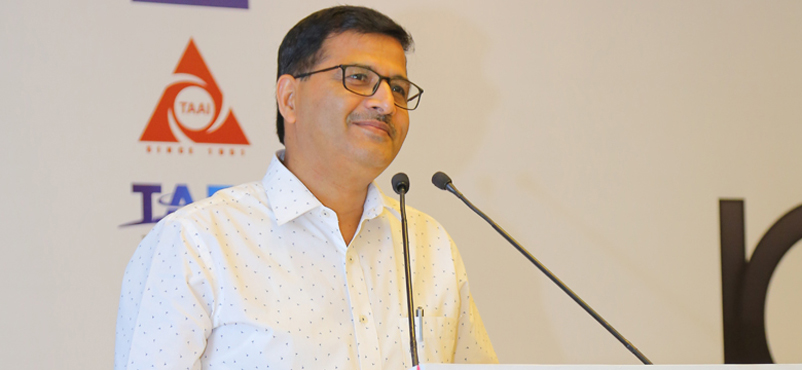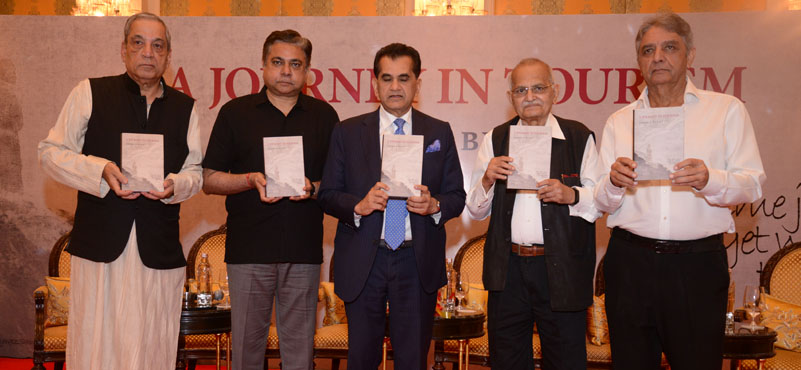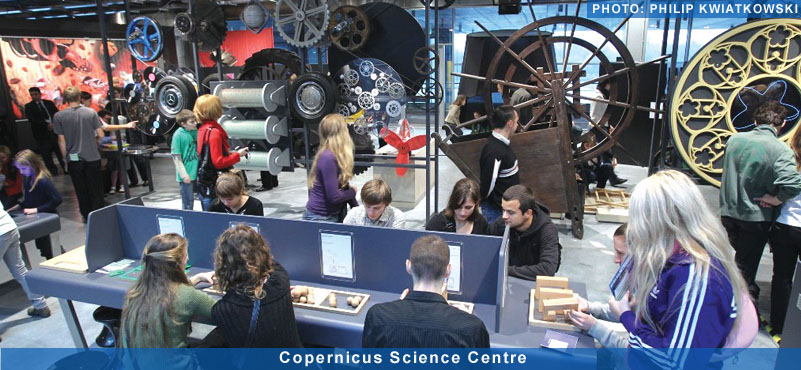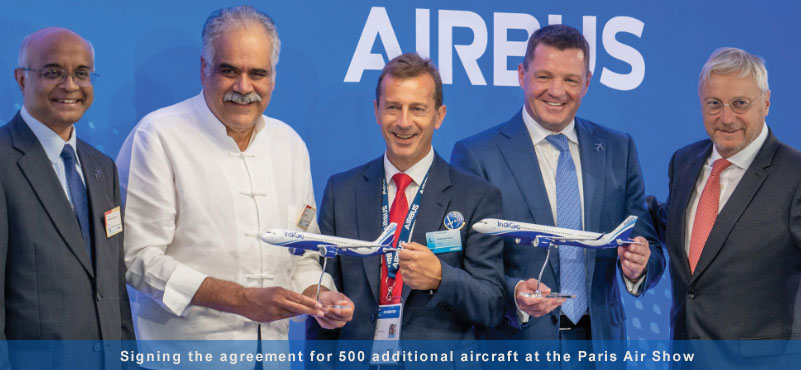Despite an impressive advance in technology, and its growing pervasiveness in the tourism industry, “the human factor” was going to remain important for businesses and railways, insisted Ashwani Lohani, Chairman, Railway Board. Excerpts from his address at ICONIC Forum at Le Meridien, New Delhi:
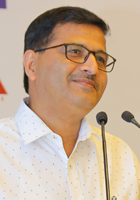
Chairman, Railway Board
Ashwani Lohani insisted that technology was being put to good use by the Indian Railways to bring sweeping changes in the quality of passenger comfort and interface, but he, in the same measure, also stressed that tourism heavily depended on people-to-people exchange. He noted that technology could never replace the experience of a people-to-people interface, therefore it was merely an “enabler”.
Making a mention of the all-pervasiveness of technology, he shared that in his recent visit to the Ujjain’s Mahakaleshwar Temple, a Madhya Pradesh tourism’s counter meant for outreach among devotees had vanished which was a far cry from the days when he oversaw the state’s department of tourism and drove its outreach through such mechanisms. He was told that such measures had become obsolete as the outreach was now being spearheaded through social media and digital platforms. He, however, believed that technology was only a tool and could never substitute human contact. “We still have the requirement of tourism counters at railway stations and airports. Tourism offices in the country and abroad have a major role to play because technology is very impersonal and cannot substitute the experience of visiting a tourist counter,” he argued.
He shared that, in a first, numerous measures, such as touch-screen kiosks to inform passengers at airports were installed by the ministry of tourism, way back in 1998. Reminiscing, he stressed that “those were different times when touts roamed even the Delhi airport.” “We used technology to hoodwink touts and beat them in their own game,” he said. He further noted that MoT had come up with Virtual Reality Recreation Technology (VRRT) at the Qutub Minar where one could get a sweeping view of Delhi’s skyline from a telescope placed at the top of the monument, indicating that government had been keen in assimilating technology to improve overall visitor experience since a long time ago. He maintained that technology was needed to assist in doing things and not necessarily replace the physical aspect of an interface.
Giving insight on his current engagement in the railways, he shared that the organisation was consistently looking to incorporate technology without “exactly replacing the traditional ways already in its milieu.” He noted that the High-Speed rail project (Bullet Train) was well underway and was slated to be launched in 2022. “It will change the way people travel in the country,” he asserted. He shared that the time to commute between the city centres of Ahmedabad and Mumbai was going to be reduced to only two hours, from five hours. He informed that the railways had undertaken a large-scale program to install Wi-Fi connections at all stations. “Currently, we have this facility at around 600 stations. In the coming two and a half year, we will cover all the railway stations and provide them with Wi-Fi connectivity,” Lohani said.
He suggested that railways “to a large extent”, had already moved online, in terms of sale of tickets. The IRCTC website had been revamped to improve the user interface, he added. He also informed that all the sales at stations and in the trains were being planned to be carried out through POS machines.
Adding that new AC coaches on EMUs had been introduced in Mumbai and plans were afoot to expand the service to other parts of the country, he noted that several such initiatives had been rolled out in the past few years. He was, however, quick to clarify that despite the push to go digital, all brick-and-mortar counters at railway stations and other railway premises were going to stay as they were, and the technical advances being seen in the organisation was “in no way going to affect traditional mechanisms in place.”
Sharing an interesting anecdote, he revealed that during his stint as the CMD of Air India, he had proposed a scheme to the Indian Railways to provide air tickets to wait-listed passengers at the same price of a railway ticket. However, given the highly bureaucratic style of functioning, the idea was shot down by railway officials, he informed. “They thought that we are taking away their market share,” he said, retrospecting.
Sharing that he had been associated with the industry for over two and a half decades, beginning his tenure in 1993 as the Director of Rail Museum, Ashwani Lohani noted that the sector had much to offer for growth, at the state and national levels.

